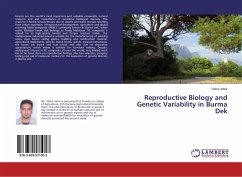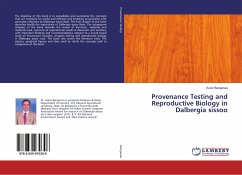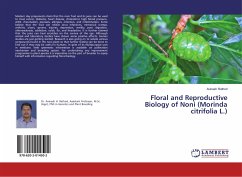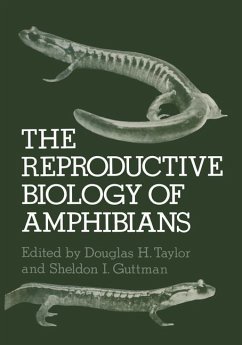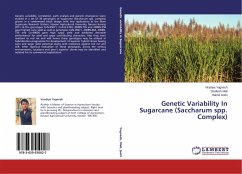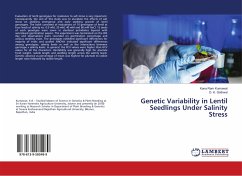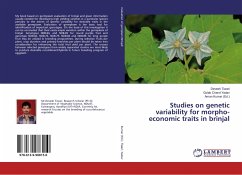Forests are the world's most important and valuable renewable natural resource and also repositories of terrestrial biological diversity. This resource is facing serious threats due to abiotic and biotic stresses resulting from urban expansion, infrastructural development, agriculture and global warming Melia composita (Willd.), commonly known as Burma dek, white cedar, Malabar neem, dek belongs to family Meliaceae. M. composita is valued for its high-quality termite and fungus resistant timber. The multipurpose industrial wood is suitable for the manufacturing of packing cases, cigar boxes, ceiling planks, building and construction material, agricultural implements, pencils, match boxes, splints, musical instruments, tea boxes, ply board and fuel wood and also due its decorative appearances, which makes it suitable for furniture making. Despite, widespread interest in M. composita all over the world, very limited work has so far been done on reproductive biology, plus tree selection, progeny testing and use of molecular markers for the evaluation of genetic diversity in Burma dek.
Bitte wählen Sie Ihr Anliegen aus.
Rechnungen
Retourenschein anfordern
Bestellstatus
Storno

